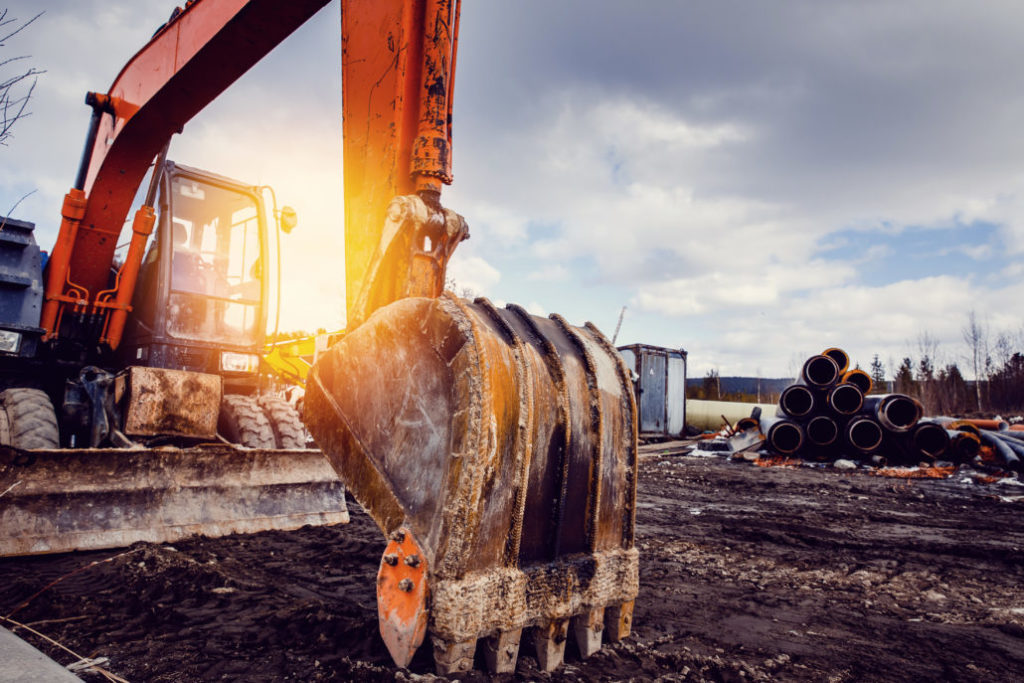Fatigue Science, a provider of predictive human performance data to mining and other industries, announced on May 28 the launch of ReadiAnalytics, which it says is a first-of-its-kind analytics platform. The company says: “ReadiAnalytics delivers real-time, validated, and objective insights into workforce fatigue levels and its root causes” and added that it launched with deployments at “several major global mining firms, with many more slated to deploy in the coming weeks.” All existing clients of Fatigue Science will receive 90 days of free access to the new platform.
The company has already had some success in mining including the rollout of its ReadiBand™ wearable device for fatigue monitoring with over 1,000 workers at Newmont’s Peñasquito gold mine in Mexico last year.
The company stated: “Fatigue risk management has recently emerged as a C-Suite priority for enterprise organisations, as leaders now recognise a proven correlation between a workforce’s fatigue level and its operational productivity. Management teams are seeking objective and timely data regarding the on-duty fatigue levels of their workforce. ReadiAnalytics was designed in consultation with these customers specifically to meet this need and to help them achieve measurable fatigue reduction goals. The analytics suite delivers actionable insights tailored to the needs of operations teams, leadership, supervisors, and health and safety staff.”
“Our customers today have operational data flowing from nearly every asset in their operation: trucks, pipes, shovels, and pumps all generate millions of data points each day. However, most industrial firms lack objective performance data relating to their most valuable asset: their workforce,” says Andrew Morden, CEO of Fatigue Science. “When it comes to the sources and extent of worker fatigue, most management teams are ‘flying blind’. Now with ReadiAnalytics, firms no longer have to guess when and where fatigue is present, or how significant it is. The validated data is right there in the dashboard, on-demand.”
Unlike subjective methods for estimating crew fatigue, ReadiAnalytics captures anonymous sleep data from a sample of workers on each crew and then processes it alongside a variety of circadian factors with a validated biomathematical model. The model then reveals which crews are the most and least fatigued on duty, and how that fatigue is trending over time as their shift pattern progresses. Crucially, worker privacy is preserved, as insights are anonymised and aggregated at the crew, site, and company levels.
ReadiAnalytics also reveals the root causes of this fatigue. It segments the portion that is attributable to structural factors, like schedules, and human factors, such as sleep health and habits. These insights are instrumental in informing specific strategies aimed at reducing fatigue levels, and ultimately, driving concrete improvements to productivity, safety, and costs.
“So often, and particularly at this moment in history, employers are forced to choose between what is best for their bottom-line and what protects the health and safety of their workers, says Morden. “Reducing fatigue, fortunately, is one of those rare opportunities where improving worker’s health also maximises productivity.”
ReadiAnalytics is a device-agnostic platform, interpreting sleep data from compatible sleep trackers, including the ReadiBand™ from Fatigue Science and a growing list of devices, including Fitbit and Garmin. Readi utilises SAFTE™, the world’s leading biomathematical fatigue model. SAFTE was developed by the US Army Research Lab, with over 25 years and $37 million in research and is exclusively available from Fatigue Science. The SAFTE model has been extensively validated by the US Department of Transportation, the Federal Aviation Administration, and numerous other governmental and industry organisations.











